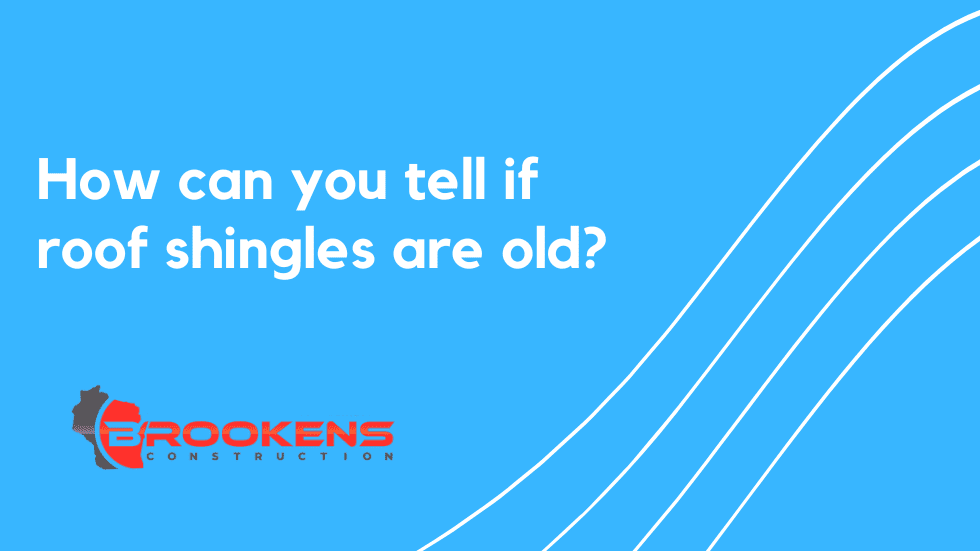Your roof is a vital shield, protecting your home from the elements day in and day out. Just like any other component of your house, your shingles age over time. Understanding the signs of aging in shingles is crucial for maintaining the integrity of your roof and ensuring its longevity. Let’s take a look at key indicators that your shingles may be showing signs of aging.
Shingle Curling and Buckling: The Early Warnings
One of the initial signs that your shingles are starting to age is the appearance of curling and buckling. This can happen due to various factors including extended exposure to sunlight, heat, and moisture. Curling occurs when the edges of the shingles turn upward, while buckling causes the middle of the shingle to overextend. These issues not only compromise the aesthetic appeal of your roof but also create vulnerabilities that can lead to leaks and water damage if left unaddressed.
Granule Loss on Your Roof: A Telltale Sign of Wear and Tear
Granules serve as a protective layer on asphalt shingles, shielding them from UV rays and other environmental stressors. Over time, these granules can start to wear off, leaving the shingles exposed and vulnerable. You may notice granule loss in the form of granules collecting in your gutters or scattered around the perimeter of your home. Additionally, bald spots on the shingles themselves indicate significant granule erosion. Granule loss speeds up the aging process of shingles, making them more susceptible to damage from hail, wind, and rain.
Shingles Cracking and Splitting: The Advanced Stage of Aging
As shingles continue to age, they become increasingly brittle and prone to cracking and splitting. This deterioration can be caused by a combination of factors such as temperature fluctuations, moisture absorption, and structural stress. Cracks and splits weaken the integrity of the shingles, making them ineffective at keeping water out. If left unattended, these openings can lead to water infiltration, resulting in leaks and interior damage to your home. Regular inspections can help identify areas of concern and prevent minor issues from escalating into major problems.
Maintaining the Health of Your Roof
While aging is inevitable, proactive maintenance can significantly extend the lifespan of your shingles and preserve the integrity of your roof. Here are some steps you can take to keep your roof in optimal condition:
Schedule Regular Roof Inspections: Conduct thorough inspections of your roof at least once a year, ideally in the spring or fall. Look for signs of aging such as curling, buckling, granule loss, and cracking. Address any issues promptly to prevent further damage.
Keep Gutters Clean: Clogged gutters can trap water and debris, leading to moisture buildup and potential roof damage. Regularly clean your gutters to ensure proper drainage and prevent water from seeping under your shingles.
Trim Overhanging Branches: Overhanging tree limbs can rub against your roof, causing damage to the shingles. Trim back branches to maintain a safe distance between trees and your roof, reducing the risk of physical damage.
Understanding the signs of aging in shingles is essential for maintaining the health and longevity of your roof. By being proactive, you can address issues early on and prevent costly repairs down the line. Remember, a well-maintained roof not only enhances the curb appeal of your home but also provides reliable protection for years to come.

